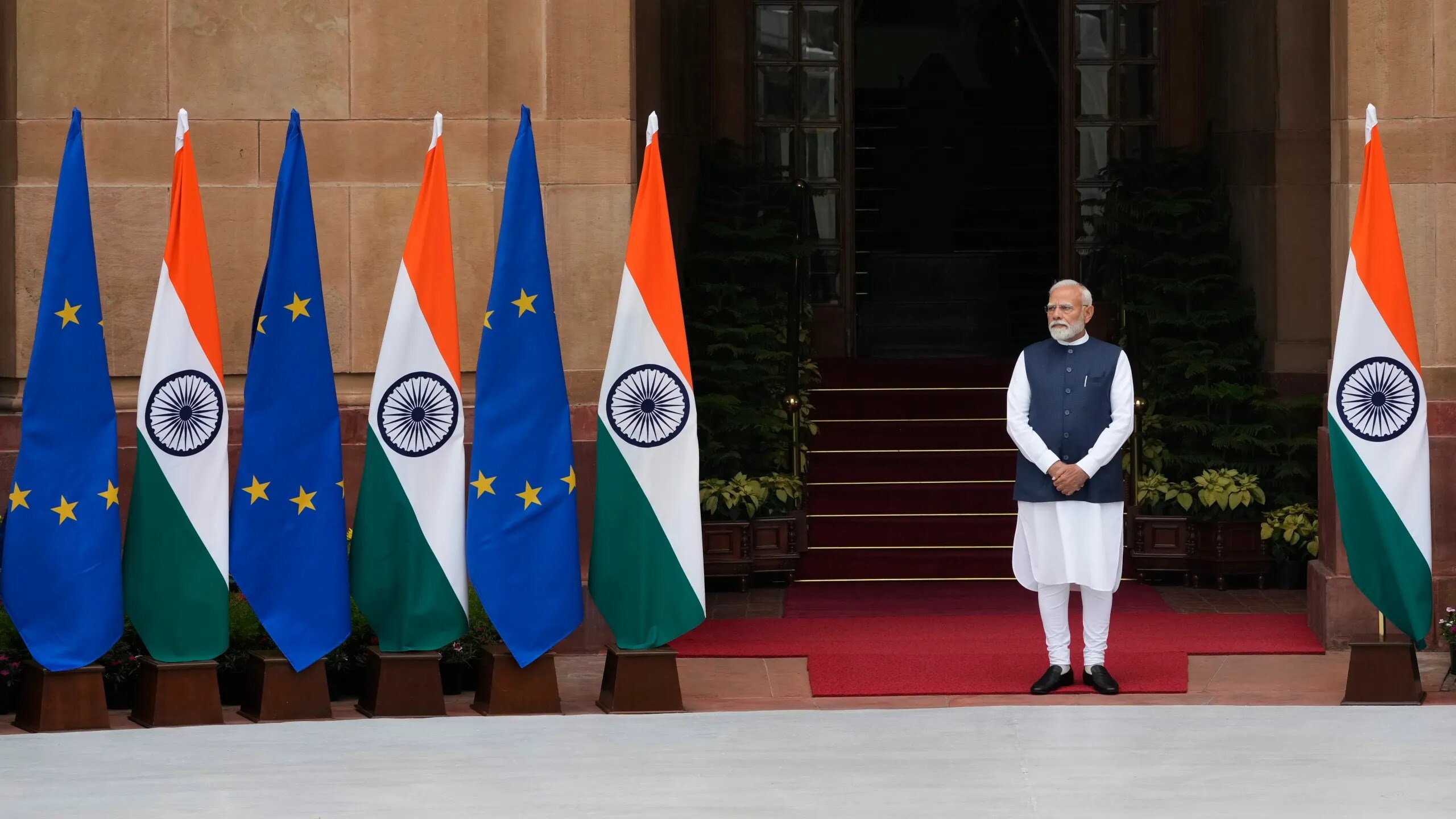

All eyes are on the fourteenth round of EU-India Free Trade Agreement (FTA) negotiations, scheduled on Monday, October 6, in Brussel, as it promises to build stronger ties of trade and economy between India and the European Union. However, there are a few challenges that have been hindering the deal to reach its ultimate goal. This time, EU Ambassador Herve Delphin has, however, assured that the bloc is committed to delivering a mutually beneficial deal, noting that the EU-India trade partnership holds critical importance at a time when tariffs and market access barriers dominate global discourse.

He has also pointed out that in this challenging situation, EU-India economic ties stand apart, with EU companies generating a total annual turnover of 86 million euros in India, which is equivalent to 5 per cent of the Indian economy, and exporting goods worth 23.5 billion euros, which accounts for around 6 per cent of India’s total exports.
Delphin also said, "The FTA can open new opportunities for EU and Indian businesses and create conditions to significantly increase our bilateral trade and investment.”
Key hurdles to a trade breakthrough
Carbon-Border Adjustment Mechanism (CBAM) - The biggest challenge needs to be addressed at this moment is the carbon-border adjustment mechanism policy (CBAM), which is designed to slap a 30 per cent duty on carbon-intensive products, including aluminium and steel. India is one of the significant suppliers of aluminium and steel to the European Union. Until H1 2025, the country has shipped about 104,000 tonnes of aluminium (excluding scrap) worth USD 229,108 million. During the same period last year, India exported even more of aluminium in terms of volume and value. While the volume stood at around 134,000 tonnes, the value was worth of USD 343 million. They stood a record-high during H1 2022 at 230,646 tonnes, valued at USD 836 million. In the full year, it stood at 1.36 billion. India’s iron and steel exports to the EU also value high, which stood at USD 6.64 billion in FY2024.
Responses








